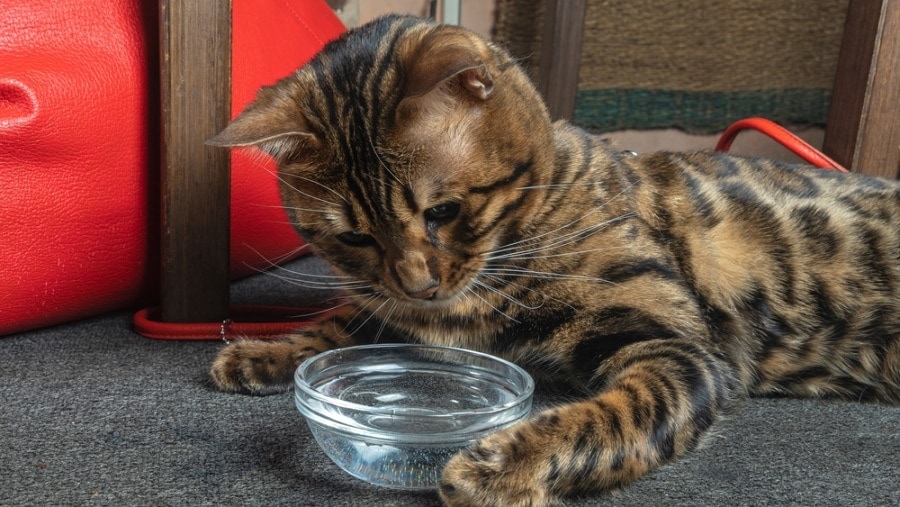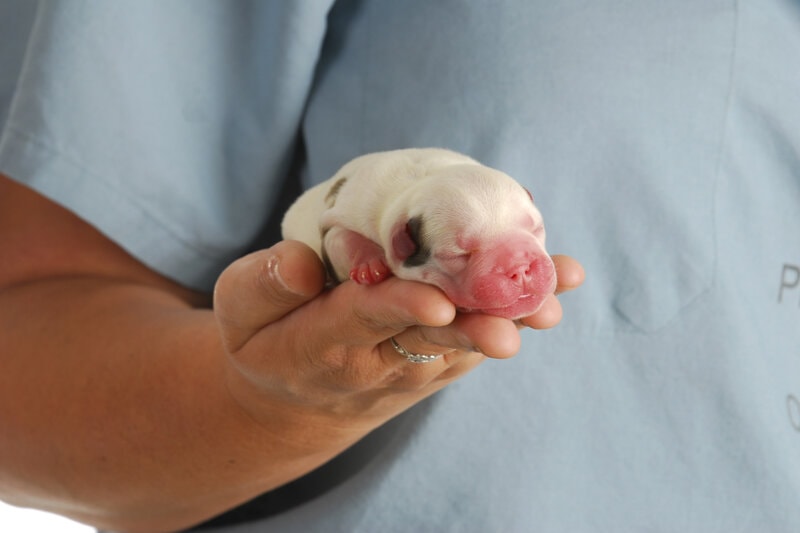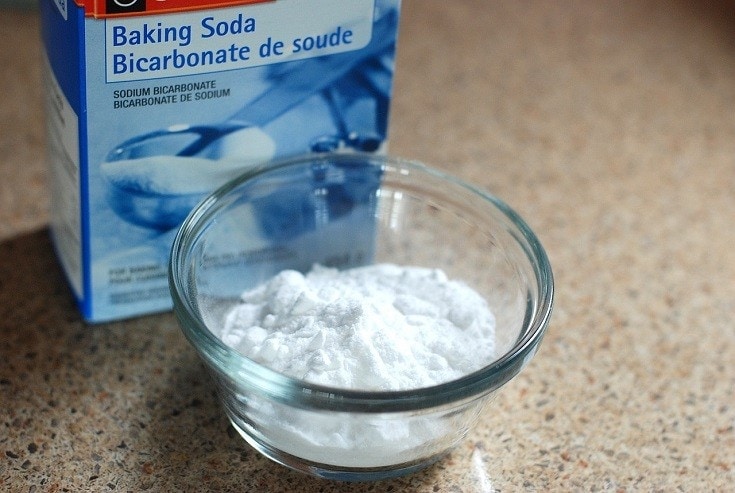Lead Poisoning in Cats: Our Vet Explains the Signs, Causes & Care
Updated on
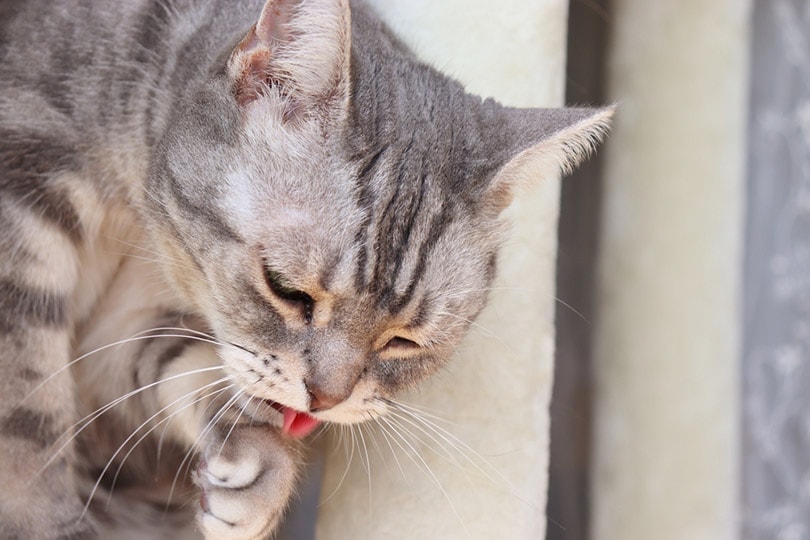
Lead poisioning in cats? You might think it’s no longer an issue, given all the laws that limit or restrict the use of lead in modern society. But, you’d be wrong, as lead poisoning still occurs, though not commonly.
You might be surprised at some of the ways in which cats can be exposed to this toxin. Also known as plumbism, it certainly is less common today than when lead-based paints were in common household use. However, lead paints aren’t the only means by which cats (ever so curious and prone to trouble!) can become exposed. Some houses still contain lead-based paints on wall, which can chip off and become a toxic hazard for your cat, as can lead-contimainated food, or even being shot with lead pellets.
Therefore, knowing about the possible causes, symptoms, and care for cats with lead poisoning remains worthwhile. Further, if caught early, many cats with the condition can receive treatment. Additionally, cats can act as sentinels for human exposure, depending on how the toxin was encountered. This means if your cat is sick, it might alert you to the fact that you, too, were exposed and are at risk.
Read on to learn more about lead poisoning in cats.
What Are the Causes of Lead Poisoning in Cats?
Lead poisoning is caused when a lead substance is ingested in quantities that lead to poisoning, or toxicity. Generally, this toxicity takes time to build up—months, or even years. The impact that lead can have in the body can be quite profound. Lead can damage major organ systems, as well as inhibiting certain cell line production, such as red blood cells.
Lead is absorbed through the gastrointestinal tract, where it then ends up in the bones. When this happens, it impairs kidney function, the reproductive system, and the bone marrow, to name a few. Therefore, it can be quite a serious disease.
Lead Paint
Lead-based paints tend to be less common to encounter these days, in part, due to the toxicity that repeated exposure can produce. For cats, eating paint flakes, especially when grooming, or licking items coated in lead paints, can be the cause of this concern.
If you suspect your cat may have been exposed to or eaten lead-based paints, contact your vet to find out how to proceed.
Other Sources
Less commonly, cats can be exposed to other lead shot or pellets, or fishing weights that contain lead. Food, especially prey or fish, can contain lead, which can cause lead poisoning over time as well.
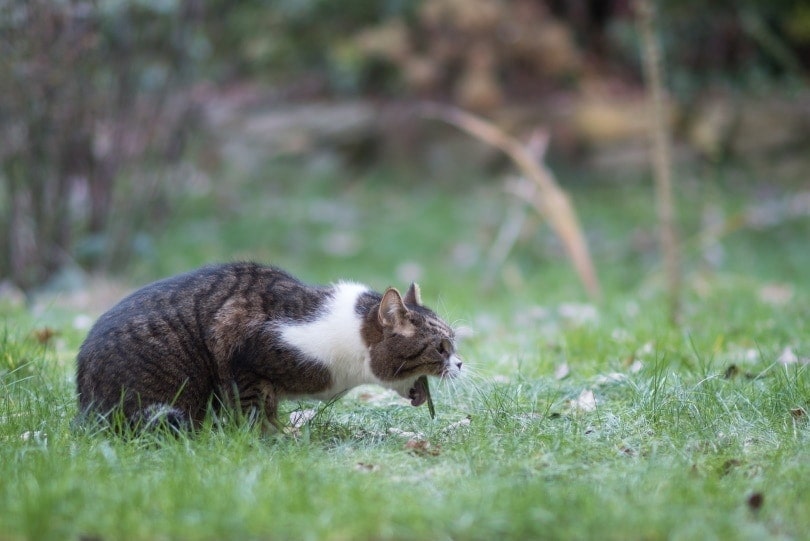
Where Are Signs of Lead Poisoning in Cats?
The signs of lead poisoning can vary greatly, depending on the amount of lead ingested, and the period of time over which it has occurred.
- Difficulty walking (including bumping into things, or seeming uncoordinated)
- Difficulty eating
- Weight loss
- Drooling
- Lethargy or acting dull
- Hiding or other changes in behavior
- Difficulty seeing or blindness
- Decreased appetite
- Vomiting
- Diarrhea
- Seizures
FAQ – When Caring For A Cat With Lead Poisoning
Is lead poisoning contagious?
Not exactly, but if your cat has been exposed, ensure that other pets in the house (and humans) have also not been exposed!
What should I do if I suspect my cat might have lead poisoning?
If you suspect your cat might have lead poisoning, contact your veterinarian immediately.
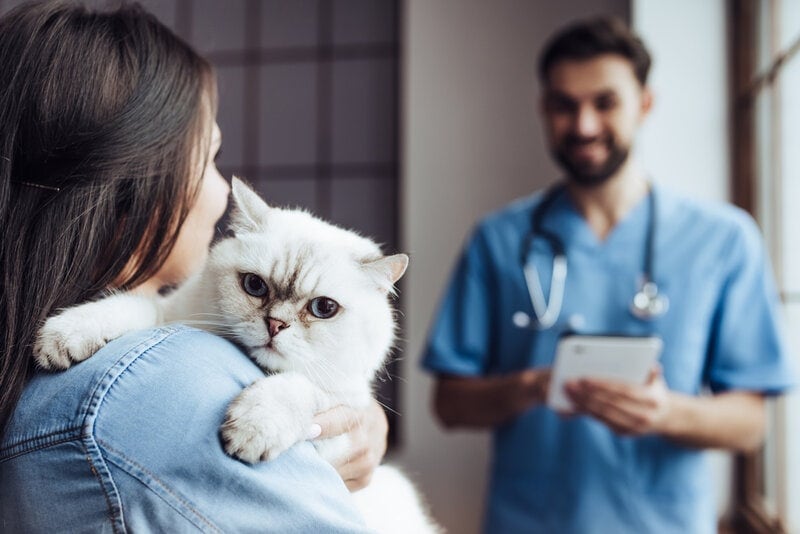
How is lead poisoning in cats diagnosed?
A physical exam and thorough history taking are an important part of the process, and may provide enough suspicion if clinical signs are also present. However, bloodwork may be needed to help diagnose the condition.
What are the treatment options for lead poisoning in cats?
Treatment options depend on how large an amount of lead exposure has occurred, as well as over what time period. A single exposure to a small amount of lead still warrants a trip to your veterinarian, but might not require any treatment. Treatment can include medications to prevent further tissue damage caused by lead, or agents to bind the toxin—however, these are most useful only when the amount ingested was small, and the exposure was recent. Chronic exposure to lead, in large amounts, is often very resistant to treatment.
Conclusion
Lead poisoning in cats is uncommon, but serious. If you suspect your cat may have been exposed to or eaten lead, it is very important to contact your veterinarian with these concerns. Many cats with minimal exposure can do well; but larger volumes of lead, and longer periods of exposure, can potentially be a fatal situation.
Featured Image Credit: chie hidaka, Shutterstock


